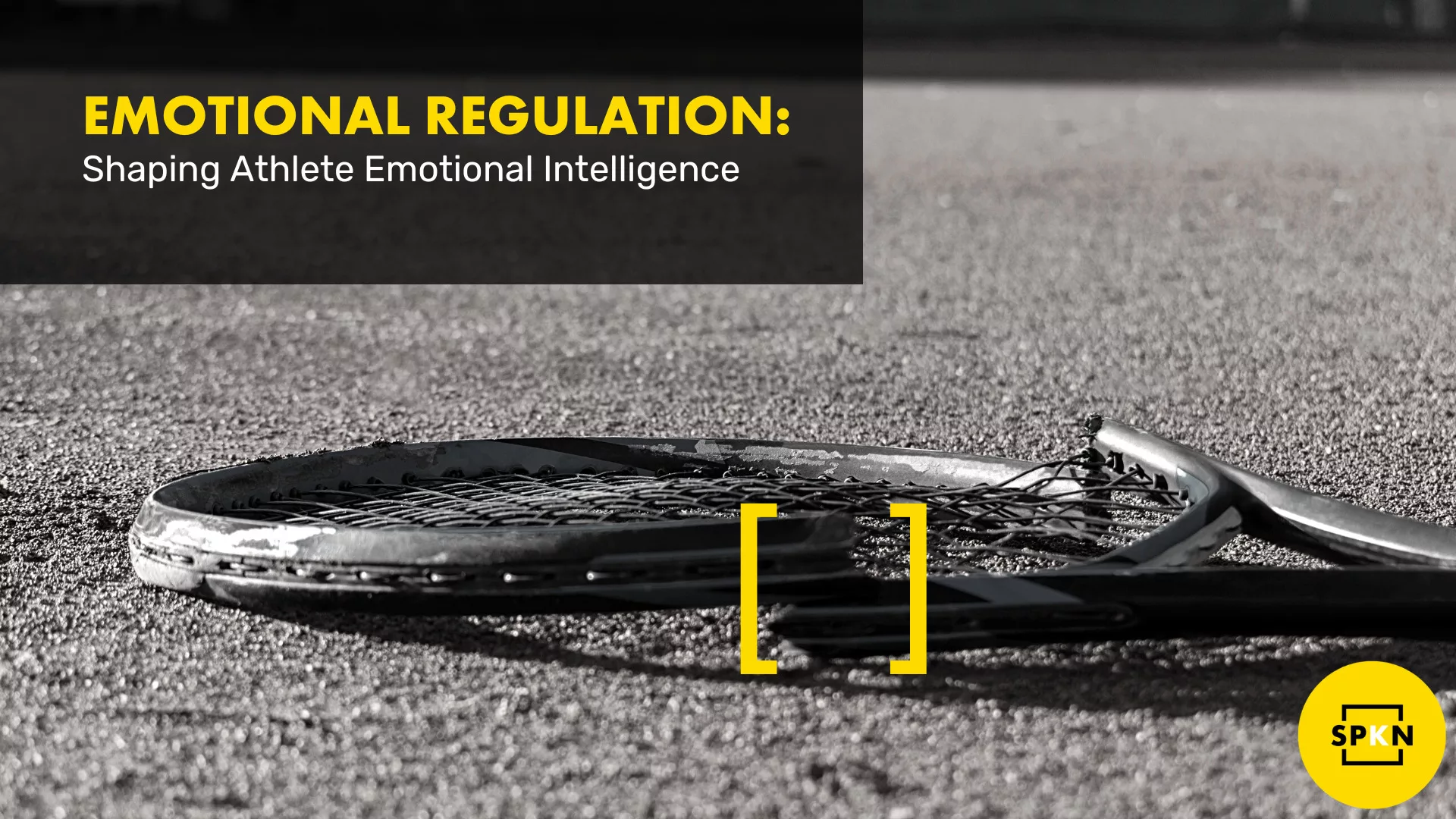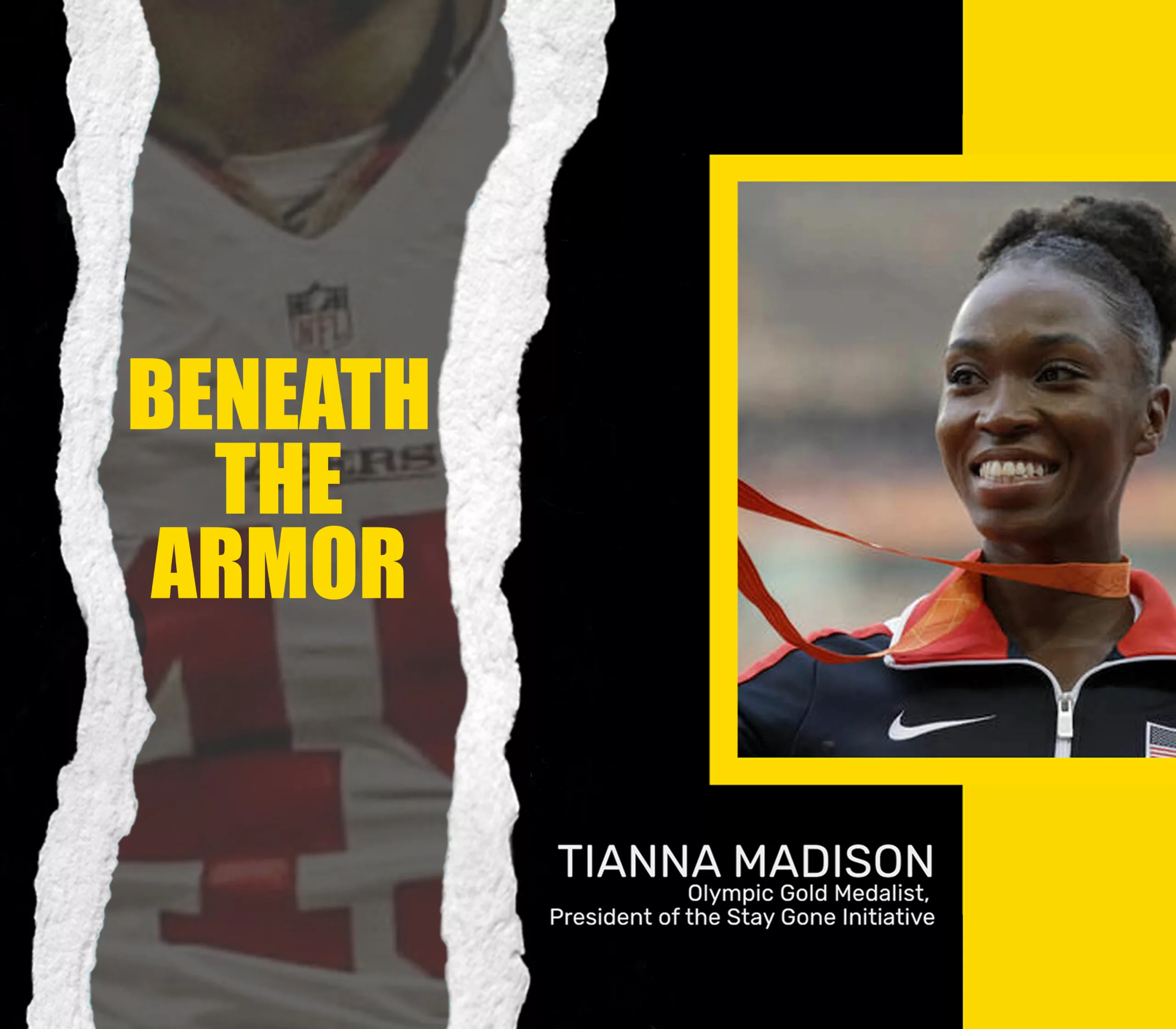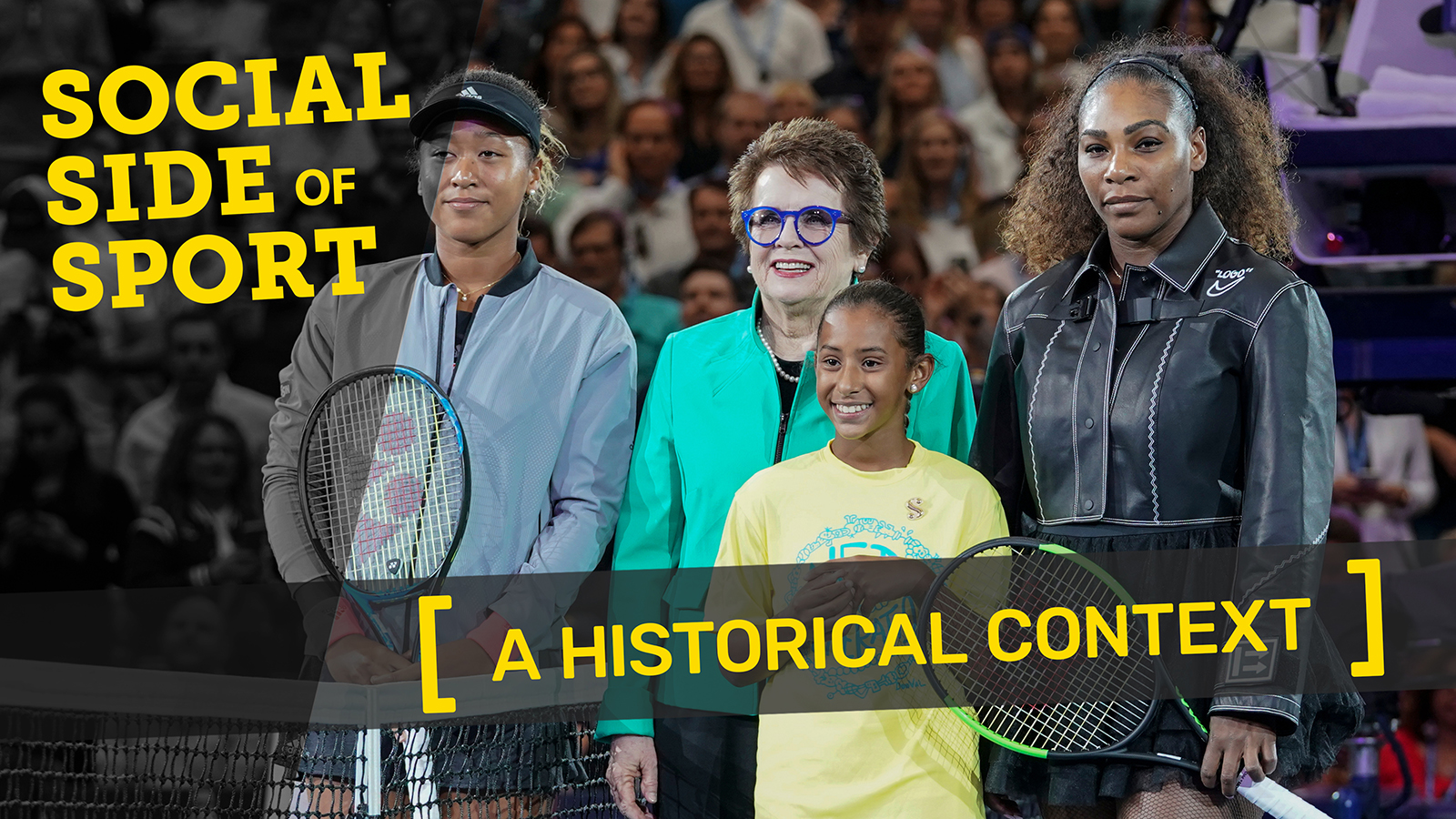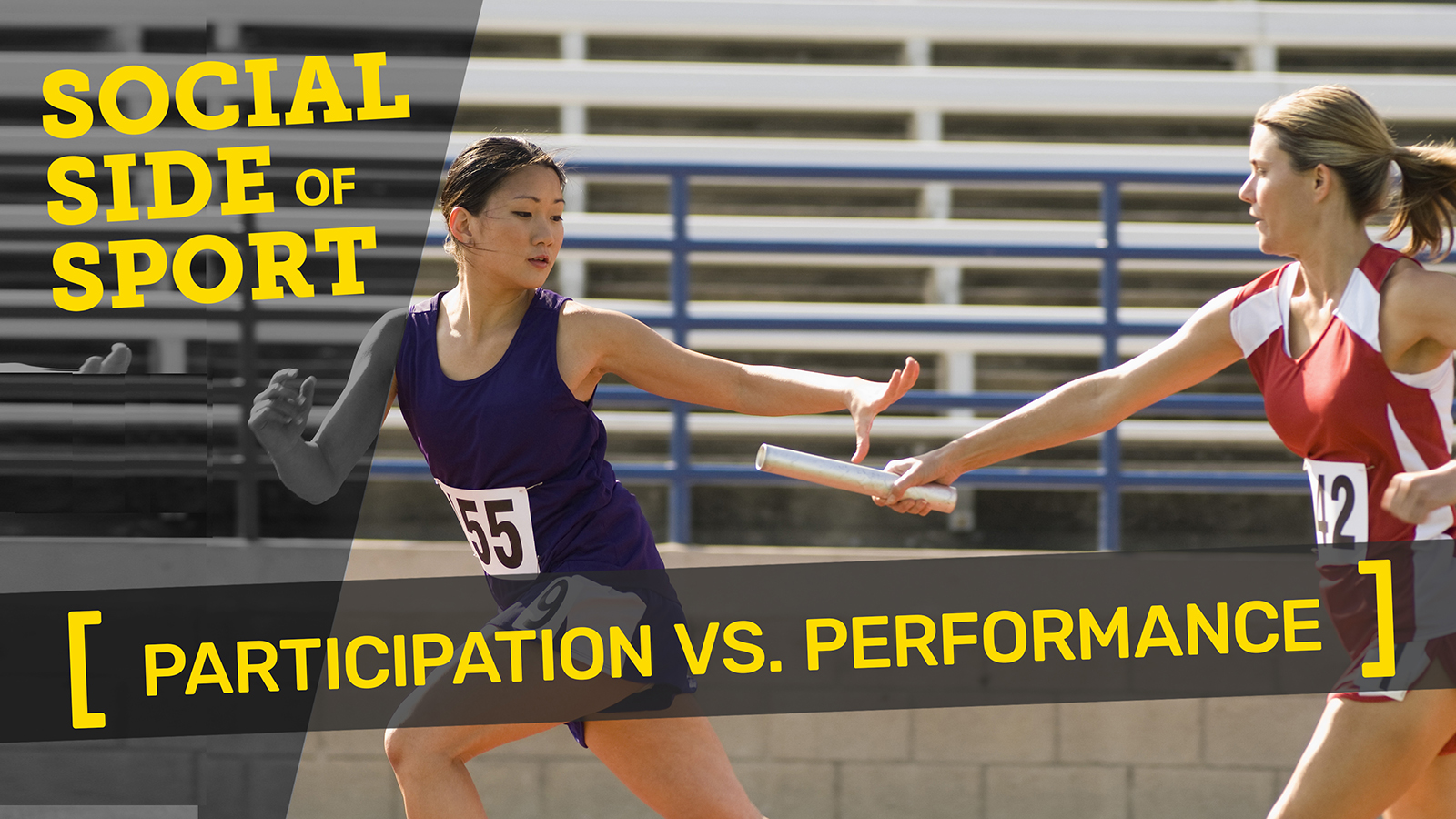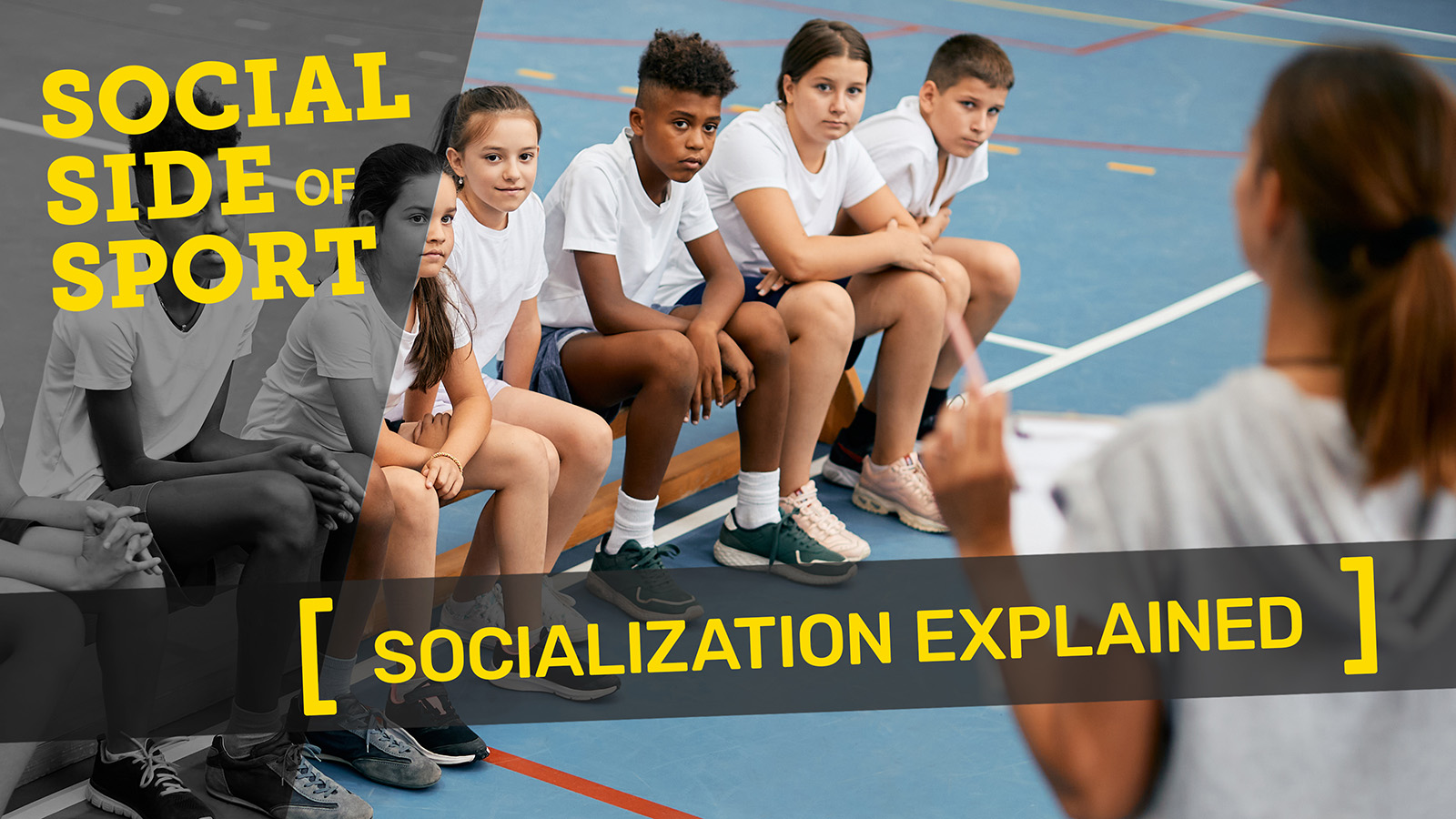As a coach, understanding the dynamics of motivation is crucial in guiding your athletes towards their highest potential. At the heart of this understanding lies the distinction between intrinsic and extrinsic motivation. These two types of motivation, though different in nature, work hand-in-hand to drive athlete development.
Intrinsic Motivation: The Internal Drive
Intrinsically motivated athletes engage in sports because they find the activity enjoyable and satisfying. This type of motivation is often driven by an interest in mastering a skill, the thrill of competition, or the physical and mental challenge that sports provide.
The Role of Interest and Enjoyment
Interest and enjoyment play a crucial role in driving intrinsic motivation. Athletes who find joy in their sport are more likely to be intrinsically motivated, leading to greater effort and persistence in their training.
The Pursuit of Mastery
For some athletes, the desire to master a skill or improve their performance can serve as a powerful intrinsic motivator. This drive to excel can lead to a focus on continuous learning and personal growth.
Extrinsic Motivation: The External Push
Extrinsic motivation, on the other hand, is driven by external factors. These can include rewards, such as trophies and medals, recognition from peers and coaches, or the desire to avoid negative consequences, such as criticism or punishment.
The Influence of Rewards and Recognition
Rewards and recognition can significantly influence an athlete’s motivation. When athletes perceive that their efforts will be rewarded, they may be more inclined to push themselves harder in their training and performance.
The Role of Avoidance Motivation
Avoidance motivation, a form of extrinsic motivation, refers to the desire to avoid negative outcomes. This can include avoiding criticism from coaches, the fear of losing, or the overall avoidance of failure.
Balancing Intrinsic and Extrinsic Motivation in Athlete Development
While both intrinsic and extrinsic motivation play essential roles in athlete development, striking a balance between the two can be a delicate task for coaches.
Importance of Intrinsic Motivation
Research indicates that intrinsic motivation leads to higher levels of engagement, persistence, and overall performance in sports. Moreover, athletes who are intrinsically motivated are more likely to experience enjoyment and satisfaction in their sport, leading to a higher likelihood of long-term participation.
The Role of Extrinsic Motivation
While intrinsic motivation is crucial, extrinsic motivation also has a role to play in athlete development. External rewards and recognition can provide a tangible measure of an athlete’s progress, boosting their confidence and reinforcing their efforts.
Enhancing Motivation in Athlete and Coach Development
Understanding the dynamics of intrinsic and extrinsic motivation can significantly enhance both athlete and coach development.
Strategies for Boosting Intrinsic Motivation
Coaches can foster intrinsic motivation by creating a supportive and engaging training environment. This could involve setting challenging but achievable goals, providing constructive feedback, and encouraging athletes to focus on mastering skills rather than solely on winning.
Leveraging Extrinsic Motivation
Coaches can leverage extrinsic motivation by using rewards and recognition to reinforce positive behaviors and achievements. However, it’s essential to ensure these rewards don’t undermine the athlete’s intrinsic motivation.
The Role of Knowledge in Motivation
A deep understanding of the sport, its strategies, and techniques can enhance both intrinsic and extrinsic motivation. Athletes who have a solid grasp of their sport are more likely to set and achieve personal goals, leading to increased motivation. Similarly, coaches who continually expand their sport knowledge can better guide their athletes, leading to improved motivation and performance.
Intrinsic and extrinsic motivation are vital components of athlete development. By understanding these motivational dynamics and employing strategies to enhance both intrinsic and extrinsic motivation, coaches can effectively guide their athletes toward their highest potential.
As we delve deeper into the complex world of athlete and coach development, remember this: motivation, whether intrinsic or extrinsic, is a powerful driver of success in sport. As coaches, understanding and harnessing this power is one of the most impactful ways we can support our athletes.
To learn more about the role of intrinsic and extrinsic motivation in athlete development, visit www.SPKNmedia.org and browse our video library for more insights on this and other relevant topics.
RESOURCES:
1. Intrinsic and extrinsic motivations: Classic definitions and new directionshttps://www.researchgate.net/publication/12400634_Intrinsic_and_Extrinsic_Motivations_Classic_Definitions_and_New_Directions
2. Motivation in Sport: Understanding and Enhancing the Motivation and Achievement of Athleteshttps://www.researchgate.net/publication/328419696_Motivation_in_Sport_Understanding_and_Enhancing_the_Motivation_and_Achievement_of_Athletes
3. The role of motivation in the development of athletic expertisehttps://www.researchgate.net/publication/322489963_The_role_of_motivation_in_the_development_of_athletic_expertise









